How to treat a pear from ants and aphids?
The pernicious pest of the pear is aphid, which is quite difficult to get rid of: more than a dozen generations are reproduced per season, threatening the pear harvest. The problem is solved in a complex way, using chemical and folk remedies. In the fight against aphids, it is also important to treat the pear from the ants that contribute to its dispersal in the garden.
Preventive work
The implementation of basic rules for maintaining cleanliness and order in the orchard helps to significantly reduce the number of aphids and other pests, and reduce the risk of developing diseases. Work is carried out almost every day - the popular phrase "cleanliness is the guarantee of health" directly refers to fruit trees and shrubs.
- Towards winter, when the crop is harvested and the foliage has crumbled, all garden waste, including fallen leaves, dried weeds and cultivated plants, is collected and disposed of.
- At the very end of winter or early spring, before bud break, trees are treated with drugs aimed at destroying aphids or their larvae.
- It is advisable to plant one- or perennials between the trees, the aroma of which repels the pest: tansy, calendula, garlic or onions, mint, marigold, lavender.
- During the season, the grass is not allowed to grow, especially the weeds; the space under the trees is regularly shed with infusions of wormwood and tansy.
- They attract natural enemies of aphids - ladybirds, hoverflies, birds. Entomophagous insects will be attracted by dill or leaf celery bushes, feeders, drinkers, and nesting houses are installed for birds.
Pear processing with chemicals
Pear trees are sprayed with insecticides three times per season.
- The first treatment is carried out before the swelling of the kidneys. The use of chemicals at this stage will not harm the future harvest, since the insecticides will completely decompose in a couple of weeks, or they will be washed away by the spring rain.
- The second time pears are sprayed before flowering, preference is given to biological products.
- At the end of flowering, trees are treated for the third and last time, and biological agents are also used.
The range of insecticides is wide; in recent years, summer residents have preferred biological agents such as Agravertin, Iskra, Fitoverm, which are universal in purpose.
Spray solutions are prepared according to the manufacturer's instructions.
For the treatment of mass injuries, when not only pear trees, but also nearby shrubs, flowers, garden crops, suffer from the aphid invasion, use "Fufanon" or "Inta-Vir". Spraying is carried out twice, after flowering and 2-3 weeks before the start of harvest.
Folk remedies
Solution recipes inherited from ancestors work less efficiently, but they are non-toxic to humans, animals, birds, and therefore they can be used more often.
The following formulations are common for spraying pears from aphids.
- Dandelion or chamomile flowers (0.5 kg / 1 l of water) are infused for 24 hours, boiled for 15 minutes, and "tucked in" with two chopped heads of garlic. The resulting solution is cooled, filtered, diluted with water 1:10. For better adhesion, add 30 g of soap, preferably green - it itself is a reliable insecticide.
- Wormwood, celandine, as well as arrows of garlic or onions, stepchildren of tomatoes are used to prepare a repellent at the rate of 1 kg of fresh green mass per 10 liters of water. Insist day. The composition is suitable for weekly spraying of trees after sunset.
To cope with aphids also help dusting the branches with tobacco dust or wood ash, spraying with tobacco (makhorka) infusion, to which soap is added - green, household or tar.
Folk remedies are not used during flowering and the formation of ovaries.
What to do with ants?
Often, summer residents spend incredible efforts trying to get rid of ants on the site. However, it should be remembered that little workers do not only carry aphids to areas. Through their efforts, other small insects and their larvae are destroyed, the quality of the soil in the garden is improved. A poison that can kill ants infects the soil, making it unsuitable for growing edible crops for several years.
It is wiser to take other measures to protect the pears from unwanted visitors.
- Digging near-trunk circles with the addition of wood ash disrupts the quiet life of ants, forcing them to move their home to another place. At the same time, the acid balance of the soil is regulated, the reserves of nutrients are replenished, and the aeration of the roots is improved.
- It is permissible to use substances and biological products that are harmless to people, pets and birds.
- Mechanical means of protection - trapping belts, belts-skirts, applied to tree trunks.
Chemical and biological agents against ants
The crowns of pears are sprayed with preparations "Anteed", "Thunder-2", "Muratsid", which also affect aphids.
They are used to treat trees completely harmless to people, domestic animals and birds "Pyrethrum" (Persian powder), poisonous to ants, aphids and other pests. Spraying is carried out several times at two-week intervals.
Lime or boric acid is poured into the trunk circle. Harmless to plants, these remedies make ants forget their way to the tree, as they are poisonous to them.
Other anti-ant drugs are known and widely advertised, however, given their high cost, summer residents often resort to other methods of protecting pears from ants.
How to apply a belt skirt
Clay or mullein mixed with sawdust is coated on the trunk of a pear at a height of 25-30 cm from the ground. The width of the strip is 15-20 cm. A thin rigid material is attached to the resulting smooth belt - a dense film, rigid foil or flexible tin - so that a skirt is obtained. A barrier has appeared on the path of the ants (and not only), which is almost impossible to overcome.
DIY hunting belt
Unlike a barrier skirt, belts catch pests. As in the previous case, the bark of the pear is coated with clay with sawdust (you can take plasticine), and on top of this layer another layer is applied - sticky.
Several variants of the Velcro composition:
- crushed rosin and hot castor oil (5: 7) are boiled for one and a half to two hours, until the mass becomes homogeneous, viscous;
- 200 ml of sunflower oil is heated to a boil, add 100 g of beeswax, 100 g of solid oil, mix thoroughly, bring to a boil;
- pine resin, petroleum jelly, crushed rosin (24: 13: 3) are mixed until smooth;
- 2 parts of tar and 1 part of burdock oil are mixed, boiled for 4-5 hours.
A clay belt on a tree trunk is wrapped in a thick cloth, a sticky composition is applied on top. Like the skirt, the belt will not allow pests to rise to the juicy leaves, young shoots.
The condition of the fishing belt is regularly checked, cleaned, and updated as needed. It is especially important to do this after rain.
Ready-made fishing belts are sold at garden stores. Fly tape can also be used, although you will need to change it more often.
Overhead traps are good for protecting mature trees. With saplings, the thickness of the trunks of which increases faster during the season, they act differently - they build a water barrier.
To build a barrier, take an old tire, cut it in half lengthwise and get two groove rings. They are buried around a tree in need of protection, filled with water.In addition to the fact that the crawling enemies of the pear will not be able to overcome the water obstacle, the gutter will become a drinker for birds that feed on pests.
Aphids on a pear, forming constantly expanding colonies, pose a threat not only to beneficial fruits. Insects scatter throughout the site, negatively affecting the expected yield, the beauty of flower beds, beds with medicinal plants. You need to deal with the pest regularly, using all possible methods.
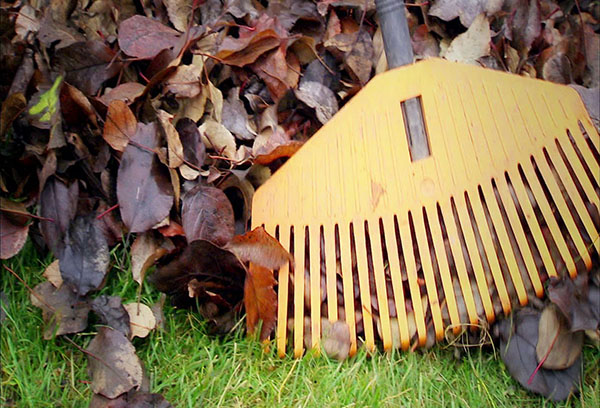
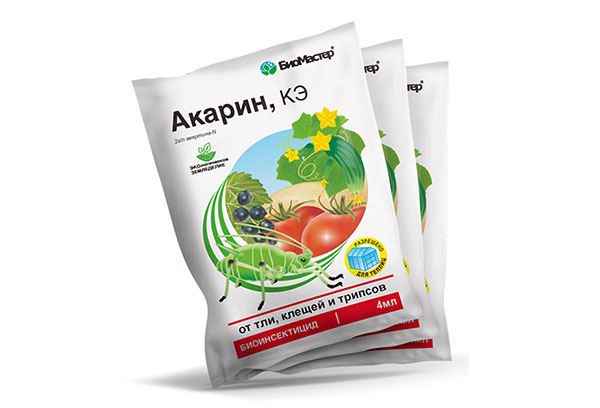
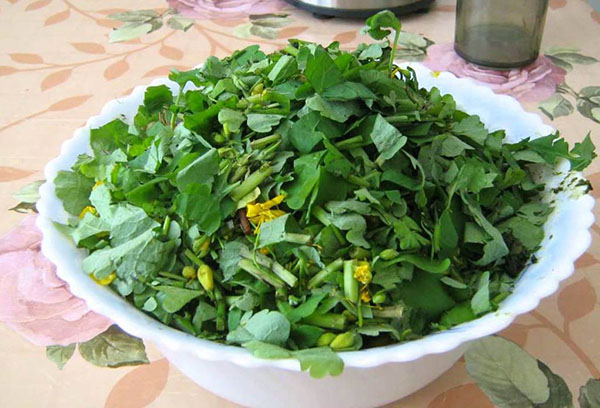
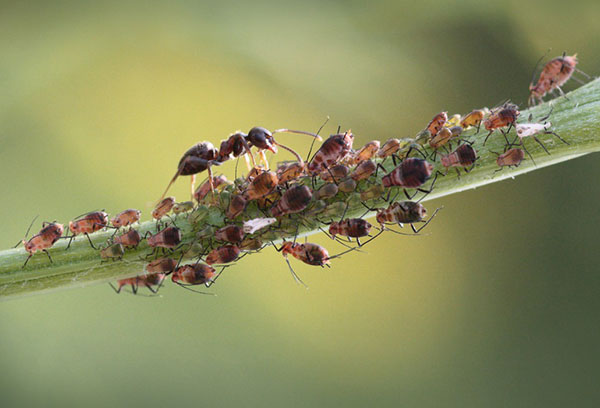

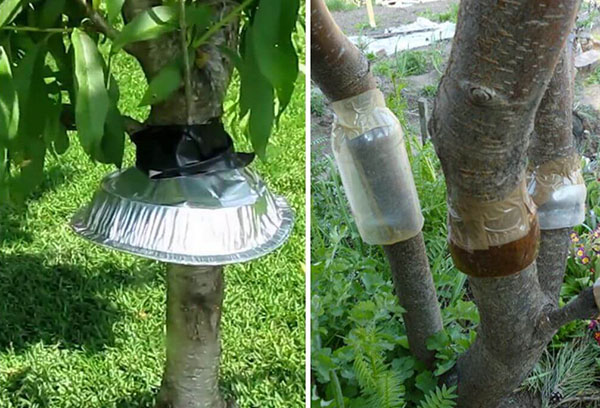
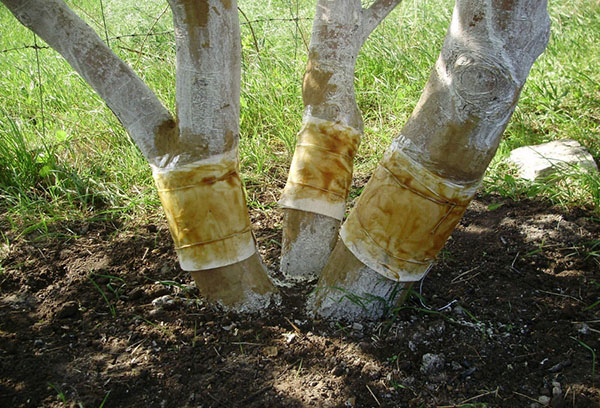


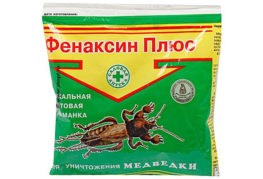
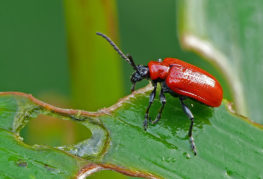

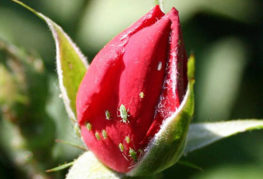
and will be published shortly.